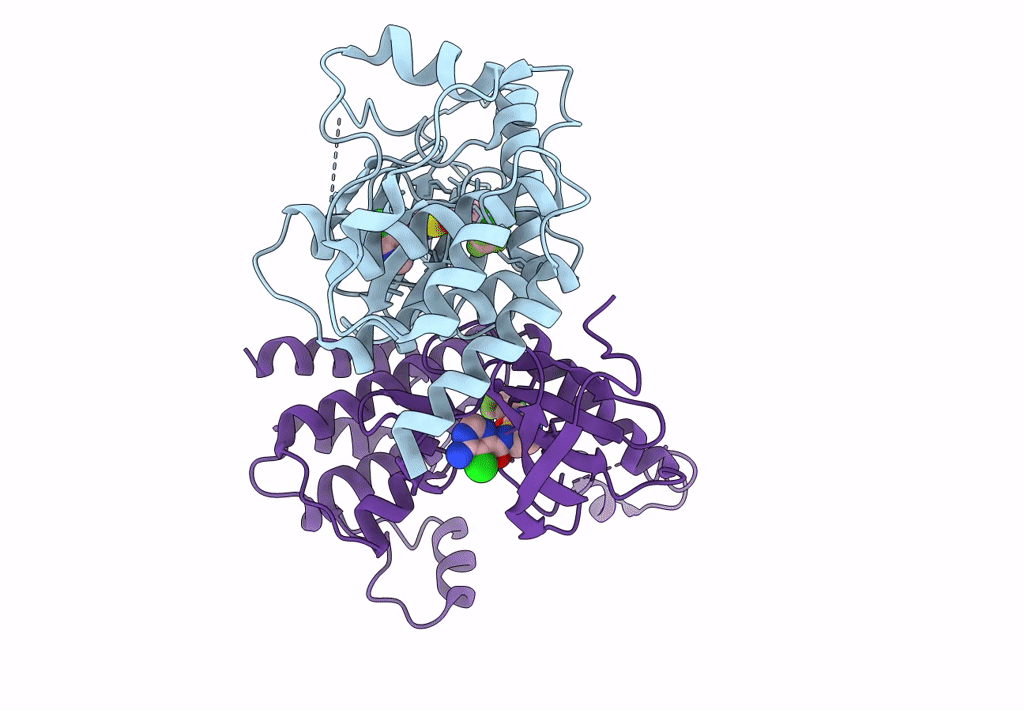
Deposition Date
2022-11-20
Release Date
2023-04-12
Last Version Date
2024-05-22
Entry Detail
PDB ID:
8F7O
Keywords:
Title:
BRAF kinase in complex with TAK580 (tovorafenib)
Biological Source:
Source Organism:
Homo sapiens (Taxon ID: 9606)
Host Organism:
Method Details:
Experimental Method:
Resolution:
3.54 Å
R-Value Free:
0.26
R-Value Work:
0.21
R-Value Observed:
0.22
Space Group:
P 21 21 2


